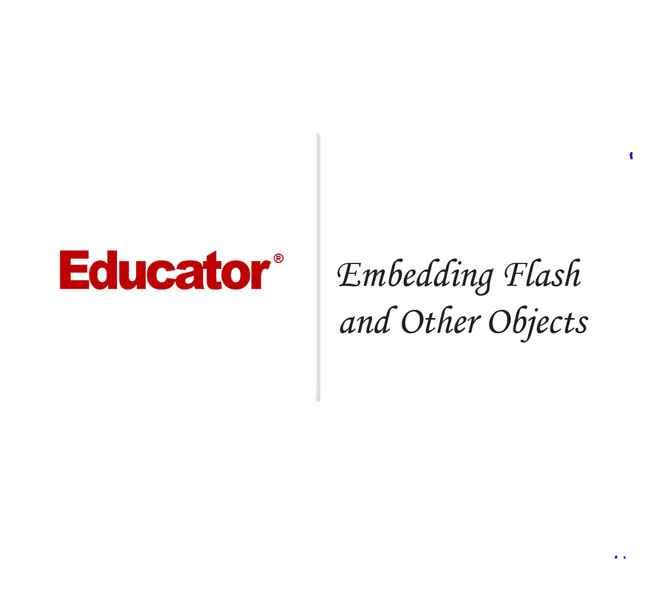Connecting...

This is a quick preview of the lesson. For full access, please Log In or Sign up.
For more information, please see full course syllabus of HTML
For more information, please see full course syllabus of HTML
HTML Embedding Flash and Other Objects
Lecture Description
In this lesson our instructor talks about embedding flash and other objects. First, he talks about flash and other plug-ins. He then talks about embedding flash using the old way and the satay method. He continues by talking about how to embed flash in HTML5. He finishes the lesson by discussing about embedding flash directly in video element and a review on embedding.
Bookmark & Share
Embed
Share this knowledge with your friends!
Copy & Paste this embed code into your website’s HTML
Please ensure that your website editor is in text mode when you paste the code.(In Wordpress, the mode button is on the top right corner.)
×
Since this lesson is not free, only the preview will appear on your website.
- - Allow users to view the embedded video in full-size.
Next Lecture
Previous Lecture
















































0 answers
Post by S Fonseca on June 6, 2015
Would you also guide us on how to embed Java applets on a web page. Dynamic content from certain Math programs (Geometer's Sketchpad, MATLAB, etc) produce interactive activities which only run as Java applets. So how would we connect these dynamic files and the partner Java file on a HTML5 web page?